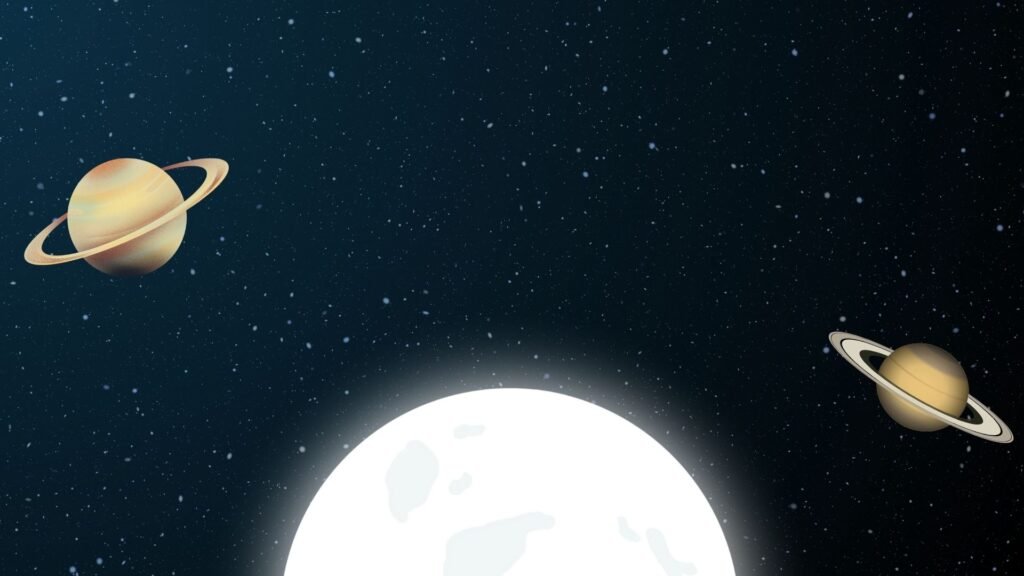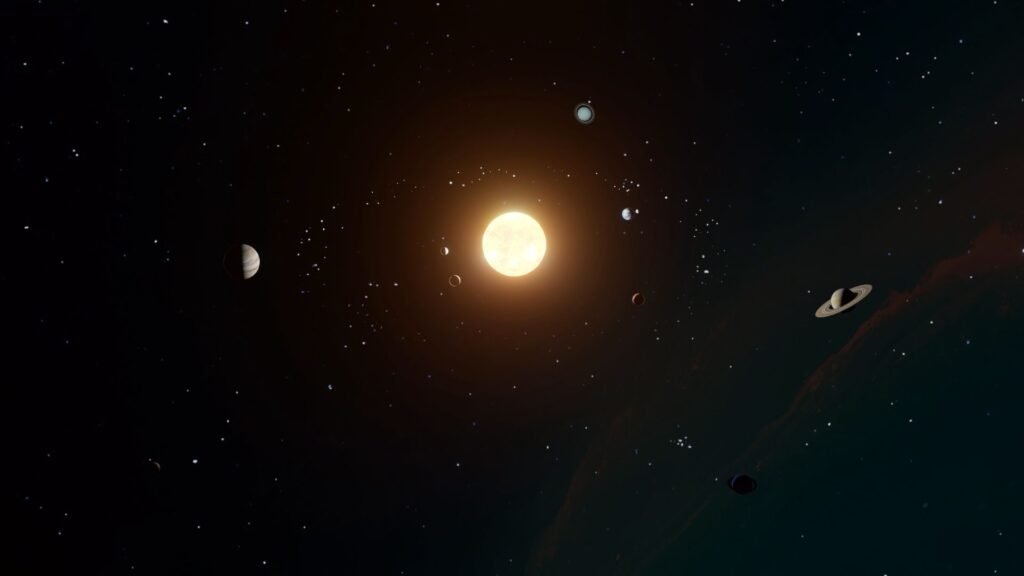
The International Space Station (ISS) is not just a marvel of engineering; it's humanity’s only permanent home in space. Orbiting 400 kilometers above Earth, the ISS represents decades of international collaboration, cutting-edge technology, and scientific advancement. If you've ever wondered how the International Space Station works or what life aboard it is really like, this tour inside the space station will take you beyond headlines and into orbit.
In this blog, we’ll explore the structure of the International Space Station (ISS), how it functions, what astronauts do aboard, and why it plays a vital role in the future of space exploration and life on Earth.
What Is the International Space Station?

The ISS is a modular space station assembled in low Earth orbit beginning in 1998. It was built by a partnership between NASA (USA), Roscosmos (Russia), ESA (Europe), JAXA (Japan), and CSA (Canada). The station orbits Earth roughly every 90 minutes, completing about 16 orbits each day.
The ISS is designed to function as a research lab, observation post, and training ground for future missions to the Moon and Mars. It also serves as a living space for astronauts, making life in space not only possible but sustainable.
Structure of the International Space Station

Understanding the structure of the International Space Station (ISS)is key to understanding how it works. The station is made up of the following key components:
1. Pressurized Modules
These are the main areas where astronauts live and work. Notable modules include:
- Zvezda (Russian service module)
- Destiny (NASA’s lab)
- Columbus (European research lab)
- Kibo (Japanese experiment module)
Each module serves a specific function: science labs, sleeping quarters, control centers, and even exercise zones.
2. Solar Arrays

The ISS is powered entirely by the Sun. Large solar panels convert sunlight into electricity and store it in batteries for when the station is in Earth’s shadow.
3. Truss System
This long, backbone-like structure supports solar arrays, radiators, and payloads. It also contains wiring and plumbing across the station.
4. Docking Ports
These ports allow visiting spacecraft to deliver cargo, scientific equipment, and new crew members.
5. Robotics
One of Canada’s most notable contributions is the Canadian Space Agency's (CSA) robotics, particularly the Canadarm2 robotic arm. It plays a vital role in maintenance, repairs, and capturing cargo spacecraft.
How the International Space Station (ISS) Operates Day-to-Day
Life aboard the space station is highly structured. Each day is carefully planned by mission control centers located across the world.
● Power and Life Support
The ISS’s solar arrays provide constant power. Life support systems manage:
- Oxygen generation via electrolysis of water
- Removal of carbon dioxide
- Air circulation and temperature regulation
- Water recycling systems (yes, they recycle sweat and urine)
● Communication
The ISS is in constant contact with NASA and other space agencies through satellite links. Astronauts can even send emails, do live calls, and host video events.
● Orbit and Speed
The ISS moves at about 28,000 km/h, orbiting Earth every 90 minutes. Despite the speed, astronauts feel weightless because they’re in microgravity, creating a unique environment for scientific research.
Life in Space: Inside Human Experience
Ever wondered what daily life is like aboard a space station? Here’s a glimpse:
- Sleeping: Astronauts sleep in small personal cabins with sleeping bags tethered to the walls.
- Eating: Pre-packaged meals are reheated. No breadcrumbs float in microgravity.
- Exercise: Crew members exercise two hours daily to prevent muscle and bone loss.
Living in space requires adaptability, discipline, and a sense of humor. It's not glamorous, but it’s profoundly meaningful.
Scientific Research on the ISS
The ISS is a floating laboratory for groundbreaking experiments that would be impossible on Earth.
Research Areas:
- Biology & Human Health: Studying how microgravity affects human cells, muscles, and bones.
- Physics & Materials Science: Creating purer alloys and protein crystals.
- Earth & Space Observation: Monitoring weather patterns, forest fires, and climate change.
Many experiments aboard the ISS benefit life on Earth, from improved medical treatments to disaster response.
Why the International Space Station Still Matters
The ISS continues to be an essential tool for:
- Training astronauts for deep space missions.
- International cooperation in science and diplomacy.
- Developing technologies for future space habitats.
It also sparks global interest and enhances educational initiatives. Organizations like NASA even provide virtual space tours, allowing students to experience life aboard the ISS from their classrooms.
The Role of NASA and International Partners
The ISS wouldn't exist without NASA and its global partners. Their ongoing collaboration ensures not just maintenance, but innovation. From Russia’s propulsion modules to Canada’s robotic systems and Europe’s research labs, the station is a symbol of peaceful cooperation in space.
The Future of the International Space Station
The current international plan is to operate the ISS until 2030, after which commercial space stations may take over. Companies like Axiom Space and Blue Origin are already developing concepts. However, the knowledge, engineering, and teamwork that made the ISS possible will guide all future space endeavors.
Conclusion
The International Space Station is one of humanity's greatest achievements: an orbiting laboratory, a technological masterpiece, and a bridge between nations. Learning how the ISS works offers insights not only into space travel but into what it takes to live, work, and thrive off Earth.
Whether you're a student, space enthusiast, or an investor exploring the growing space economy, understanding the ISS is your entry point to the cosmos. The next time you look up at the stars, remember there's a team of humans floating above you, doing science and expanding what's possible.








